|
As we wanted an earlier start this morning we didn't run the moth trap last night. Instead we met up with Yasiel's friend Yanier, another guide, who knew the tree that the Escambray Bearded Anole Anolis guamuhaya was living in. We clambered up a steep bank next to the road and did manage to see it though it was quite wary and my pictures were pretty rubbish, so when Yanier said that he had got some good pictures week the before he agreed to let me have them for the website. Thank you Yanier. What fantastic creatures. We pressed on toward the start of the Guanayara trail stopping by the road at 'butterfly corner' as usual. Once again there were lots of things nectaring on the Tournefortia flowers including Antillean Mapwing Hypanartia paullus, 2 Frosty Flasher Astraptes habana, Green Flasher Astraptes talus, Caribbean Sailor Dynamine serina, 2 Silver Emperor Doxocopa laure and a male Oviedo's Swallowtail Heraclides oviedo that spent five minutes chasing a female to no avail. The Guanayara trail starts at the plantation of Campo el Mamey and goes down to a beautiful waterfall and follows the river along to a small restaurant where Chico was waiting for us with the vehicle. Northern Flicker is a permanent resident in the forested areas of Cuba and we watched one for a while as it fed around the base of a tree. We came across what I thought at the time were two Spanish Flag Anoles Anolis allogus which were amazingly tame and I took pictures with my small compact from a few inches away. But the current literature actually indicates that while A. allogus is fairly widespread across Cuba, it is replaced in the Escambray by a separate species called the Escambray Blue-eyed Anole Anolis ahli. Further study in this group is much needed to clarify the situation. We have been seeing the Macrothemis regularly over the last few days but I still have to identify the other Odonata that we saw. Apart from a couple of brief flight views we had only ever seen the Mosaic Colobura dirce once before, so great excitement when one flew and settled on a tree just in front of Yasiel. Further on next to the restaurant we watched another on the ground as it fed on the fallen fruits of a Mountain Apple Syzygium malaccense. This has red pear-shaped fruits and originates from Malaysia and Australia. The flesh is white and surrounds a large seed. The taste is bland but was quite refreshing after the walk. We timed it quite well as we just had time to reach the vehicle before the heavens opened with a big downpour. At the hotel restaurant that evening there were two large Cuban Tree Frogs Osteopilus septentrionalis inside on the windows so Doug caught them and put them outside.
0 Comments
We set the moth trap last night at the security gate up the road just as we had done last year when we were here, and this morning when we got there just after first light there were over seventy species in and around the trap. Due to weight restrictions on the flight the moth trap consists of a cardboard box with a Wemlight bulb. So this isn't hardcore mothing like back home but it still provides lots of interest and more than enough to take me a few days to sort out when I get home. I could have happily spent a few hours setting the moths up for decent pictures but we didn't have time for that mainly because of getting back in time for breakfast so we had to to make do with hasty pictures taken with the Panasonic compact. When I have gone through them all I will load them onto the moth pages on the website but here are a few to be going on with. We set off in the jeep with Yasiel and Chiquitico and stopped for a while at 'butterfly corner', but as it was overcast there was nothing flying and we pressed on to the start of the Guanayara trail. Here the sun came out for a while and we saw a Stinky Leafwing Historis odius sometimes flying around but mainly feeding on a Mamey Mammea americana fruit high up in a tree. The fruit is eaten though not widely but the seeds contain cyanide and when grated are mixed with rum or coconut oil and used to treat head lice and chiggers. At the start of the trail there was a sizeable flock of Cuban Parrots, 27 in all. This is by far the biggest number we have seen anywhere. It rained on and off during the day so we only managed 31 butterfly species today. There was a new Odonata with two white spots on the side of the thorax that I haven't yet managed to id yet. When we got back to Topes we went to look for an Escambray Bearded Anole Anolis guamuhaya that Yasiel had been told about on the edge of village. A few days previously there had been a film crew there filming the wildlife and a girl working at the tourism office had spotted it. It had been caught, filmed and released. But today it was hiding so we went to look for the Cuban Knight Anole Anolis equestris that lived in an avocado tree a bit further down the road. It was quite high up and surprisingly wary so only distant record shots were possible.
When we came here last in March 2017 our guide had been Alex when we walked the Magic Carpet trail but this time Yasiel was to be our guide, and Chiquitico was our driver. -As soon as we got out of the jeep at the Sierra de Codina Centre there were birds to see with Cuban Parrots, Cuban Emerald, Red-legged Honey-creeper and Cuban Oriole all on view. We set off along the trail to the viewpoint and found a couple of moths along the way. At the viewpoint there is a small steel and timber tower and the view from the top over the forest can be a good way to see the local bird specialities but it was interesting to see that there was quite a bit of Tournefortia hirsutissima in flower and that it was attracting some good butterflies. This had also come to the attention of the local anoles and there were two Cuban Green Anole Anolis porcatus, a male and a female that were ranging quite widely over the vegetation in search of a meal. And they had quite a bit to choose from as we soon saw several Antillean Mapwing Hypanartia paullus and a female Silver Emperor Doxocopa laure. We didn't see them actually catch anything though at one point we saw the female launch itself from about a foot away at the Silver Emperor but it missed. And we thought at the time that this was an Orbis Sulphur Phoebis orbis but when reviewing the photos it is clearly a female Statira Sulphur Phoebis statira, which just shows the value of photos. On P. orbis the underside is slightly heavier marked than this and has a red basal spot while the upperside is more orange. We saw Blue-eyed Twig Anole Anolis alutaceus and Escambray Grass Anole Anolis vanidicus that is endemic to these particular hills. And also found a pair of the ubiquitous Cuban Brown Anole Anolis sagrei in cop. Caribbean Ruby-eye Perichares philetes is a fairly common forest skipper as we find the larvae quite commonly. But seeing an adult is another matter and in ten trips to Cuba I had got close but never actually set eyes on one. When disturbed they fly very fast and settle again in shade so can be very hard to spot. But today was the day and when one of the others flushed one as they walked past they saw it where it settled. They appear all dark and only using the flash reveals the true colours. The final instar larvae of Caribbean Skipper Pyrrhocalles antiqua are very distinctive with black stripes on the orange head capsule whereas small larvae of Caribbean Ruby-eye Perichares philetes like this one that has just moulted its head capsule are more mottled. At the bottom of the garden of the Centre there is a pond which had several dragonflies including this Turquoise-tipped Darner Rhionaeschna psilus male. There are sixteen species of Pterophoridae or Plume moths, known from Cuba and none of them are endemic. I recognise this as a pupa of one of this family though we didn't keep it to rear it through so I don't know which species. It's always a good day when you see a snake, and it was lovely to watch this Cuban Lesser Racer Caraiba andreae moving through the vegetation. It appeared to be hunting as it was flicking out its forked tongue to smell the air.
While Lynn was having an early morning swim I did a bit of birding and found an Antillean Nighthawk roosting on the flat roof in front of our room. I had to stand on a chair to get reasonable views of it and it was too distant to get any reasonable pictures. A bit later however we noticed a man out on the flat roof doing some maintenance so seeing an opportunity we went and spoke to him and asked him if I could get some pictures. Previously the access door had been locked so this was very fortuitous. I'm sure I could have got a lot closer but I didn't want to disturb it. This was the first time I had seen one settled like this. On previous visits here we have always seen ospreys and a variety of water birds on the lake and Limpkins on the margins. On this occasion however the only thing we saw was a Double-crested Cormorant as we took our last trip across the lake in the boat. 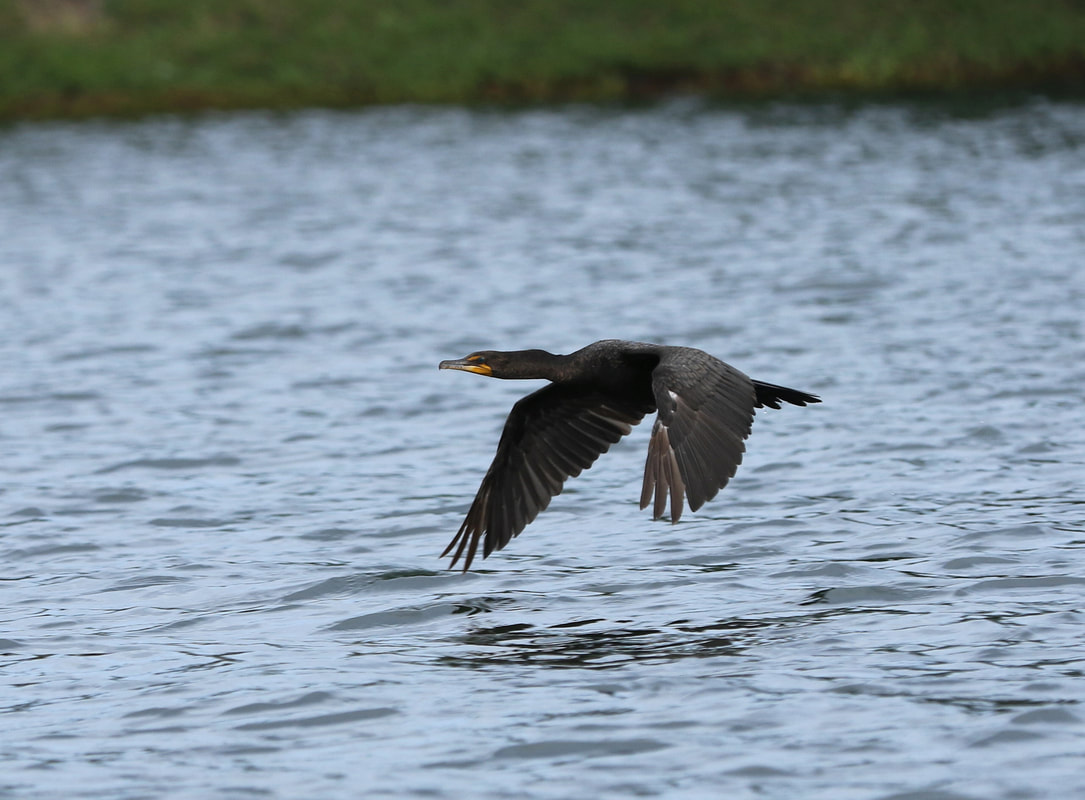 Double-crested Cormorant 11 Jun 2018 Hanabanilla © Tim Norriss Double-crested Cormorant 11 Jun 2018 Hanabanilla © Tim Norriss So we set off for Topes stopping on the way at the viewpoint that looked out over the forest towards one of the arms of Lake Hanabanilla below. Further on there was evidence of how much damage had been done by the rain last month. Topes had been cut off completely for several days and although temporary repairs had been made to the road it will be some time before it is completely made good. We were later told that there had been 300mm of rain in one day and 500mm over three days. This had caused a surging torrent that was 20ft deep lower down and had caused devastation. Whilst there can be quite a bit of rain here in the wet season this amount in such a short period of time was unprecedented. There had been an accident on the road two days previously where a truck carrying local workers had been traveling too fast and had come off the road and overturned. Amazingly nobody was badly injured. The standard of driving in Cuba is generally very good but the truck drivers here didn't seem to have learnt the lesson and were still hurtling along far too fast. We made a stop for butterflies a bit further up and were very glad that we did. A pristine male Silver Emperor Doxocopa laure was on the ground taking moisture and salts and was remarkably tame. It was interesting to see that the purple colour was only visible at certain angles and that some of the time it looked plain brown instead. We also saw Polydamas Swallowtail Battus polydamas and Many-banded Daggerwing Marpesia chiron. We passed a snake stretched out on the road and got Raul to pull over. Doug was swiftly out and grabbed it before it had time to make off. It was a Cuban Racer Cubophis cantherigerus which we see far more commonly than any other snake. It wouldn't live long lying in the road so we made sure it moved off quickly into the vegetation at the side. It was a pleasure to be back at Los Helechos Hotel at Topes as we are always made very welcome. We were soon out exploring the roads and trails around the hotel and though there were fewer butterflies than last time because of the rain there were still lots of reptiles. I puzzled over the second one which is clearly a very pregnant female of I think Anolis homolechis though I have to admit that I'm still rather unclear on the differences between this and Anolis allogus. But since the latter isn't meant to occur in the Escambray I think I'm pretty safe. And also a very interesting Arctiinae moth that unfortunately flew and I couldn't relocate. There was also another Twig Anole Anolis sp that has got me very intrigued. It is similar to Blue-eyed Twig Anole Anolis alutaceus above but I have convinced myself that it is not that species due to different colouration and also some subtle structural differences. It has a longer nose, longer tail and slimmer legs. It lacks the pale stripes on the side of the abdomen of alutaceus and there is a distinctive pale patch at the base of the spindly rear femur where this meets the body. It also has a small white mark on the elbow of the forelegs. In fact the more I look at it the more obvious that it becomes that it is a different species. But what is it? Well it has taken me a few hours of finding and reading papers and descriptions (there are only a couple of poor quality pictures on the internet) and I have finally found the answer. After going through the list of Cuban anoles alphabetically and ruling each one out I came across Black-shouldered Anole Anolis spectrum which seemed similar structurally but is only found further to the west. There are about a dozen small species that occur in grass and bush habitats and these are placed in four species groups: alutaceus, clivicola, cyanopleurus, and spectrum (Burnell and Hedges, 1990). The spectrum group comprises A. spectrum and A. vanidicus, and vanidicus is found in the Escambray mountains. So it is an Escambray Grass Anole Anolis vanidicus. And we saw another the next day so I have included the picture of that too. And it occurs only here in the Escambray mountains - and nowhere else on the planet! The Club-tailed Skimmer Scapanea frontalis is a fairly common dragonfly up in the mountains but what a beautiful insect, definitely the best odonate we have seen. And it was great to catch up with the female of the Antillean Sylph Macrothemis celeno that we saw yesterday as I can find no other photos of females on the internet. And Doug then found a larval shelter of Frosty Flasher Astraptes habana and eggs of Green Flasher Astraptes talus on a small vine. We watched a Grey Ministreak Ministrymon azia laying on a new foodplant and while sitting having a break in the high humidity Doug spotted a large Cuban Tree Frog Osteopilus septentrionalis hiding in plain sight on the tree in front of us. And as we walked back from supper at the restaurant in the evening there were once again several Antillean Nighthawk calling and feeding overhead. |
Welcome to our Blog
Here we will post interesting news about what we and others have seen in Cuba. Archives
July 2024
Categories |

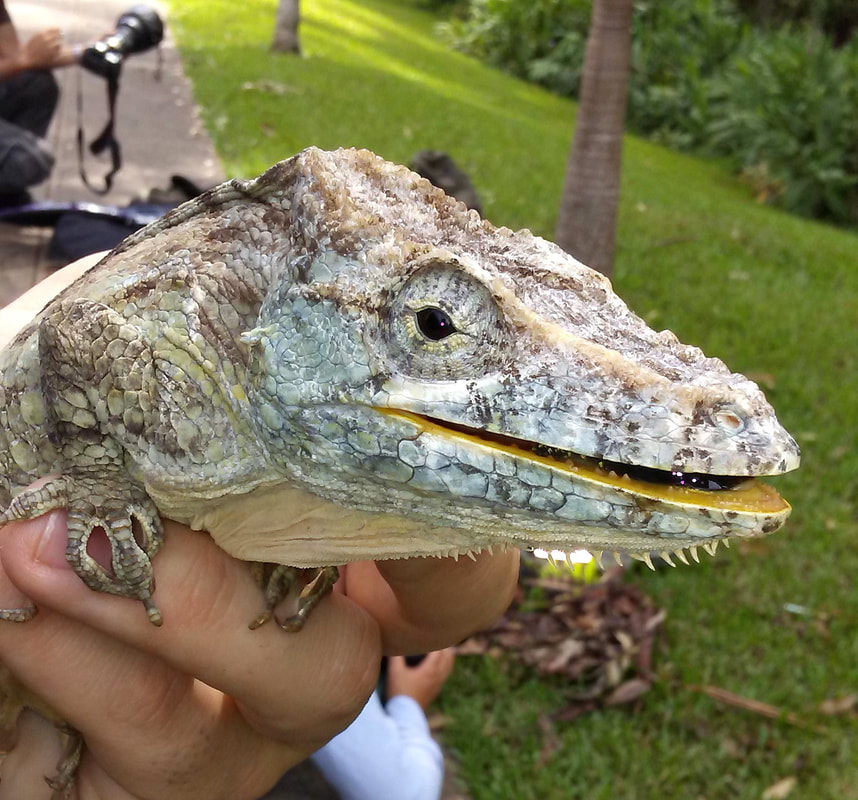
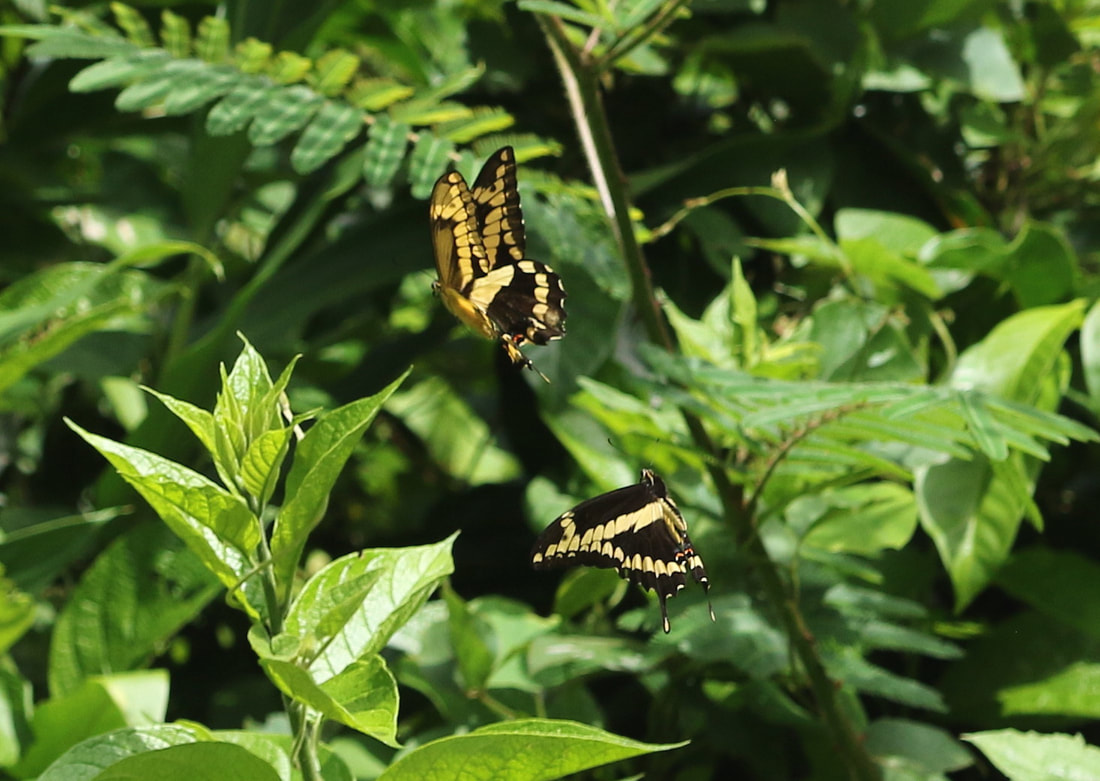
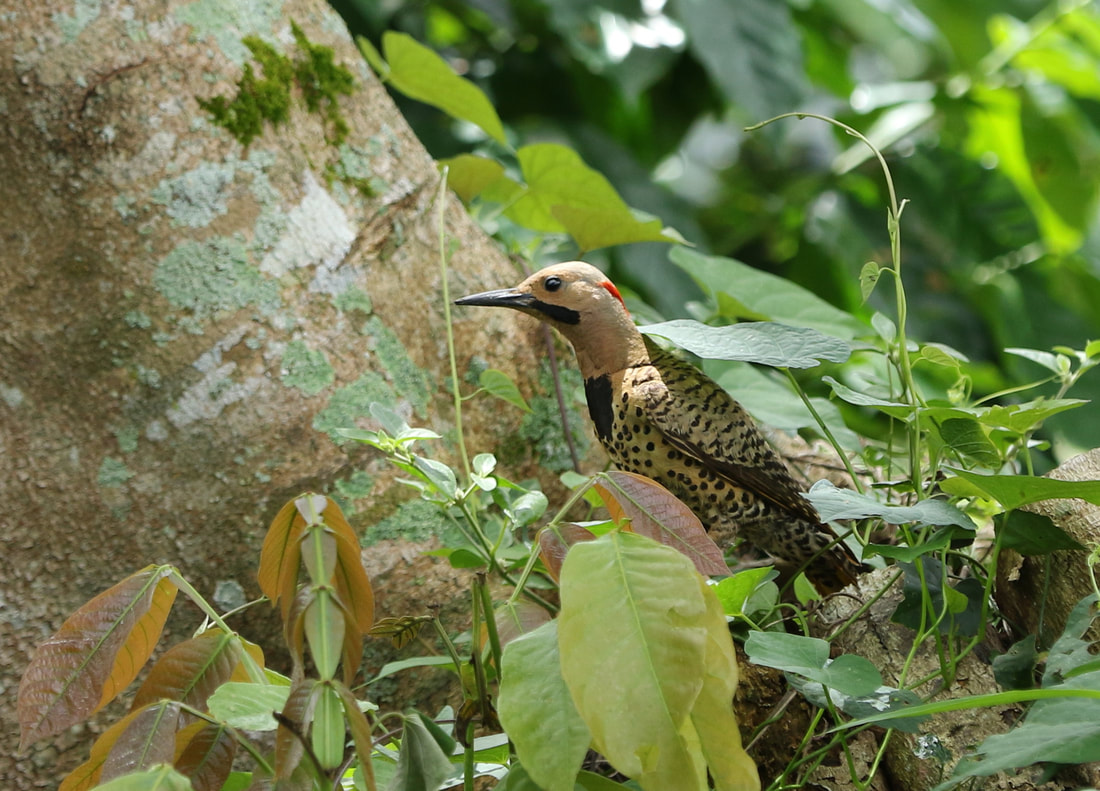
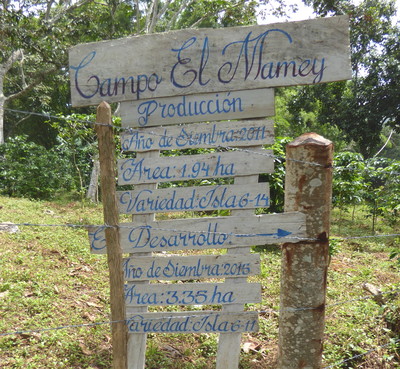
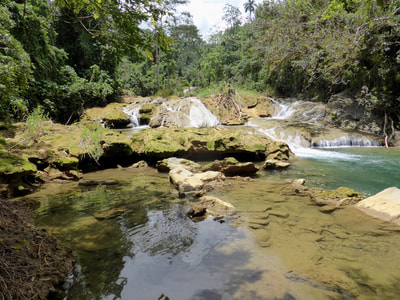
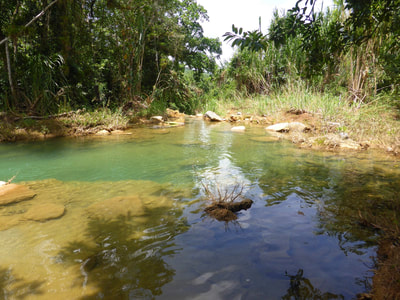
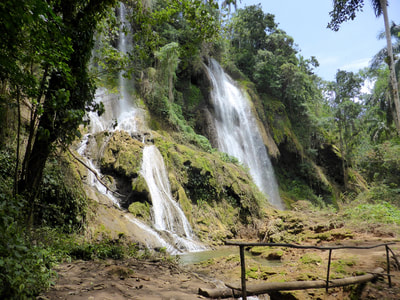
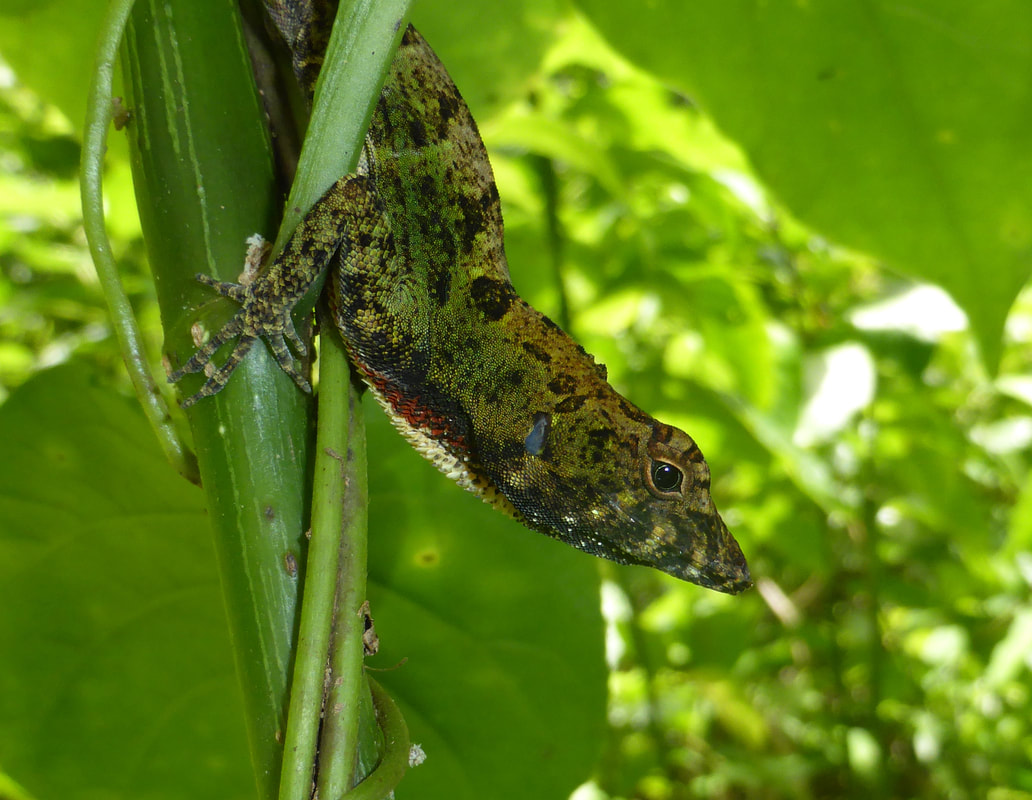
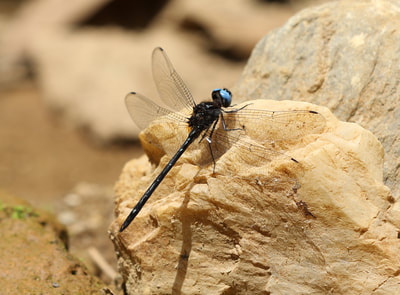
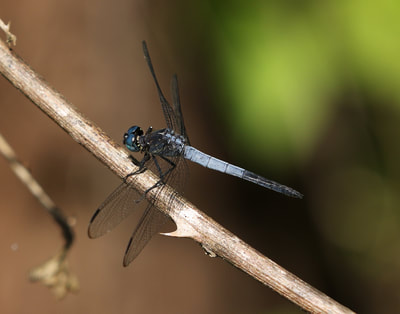
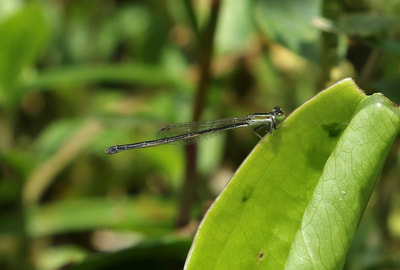
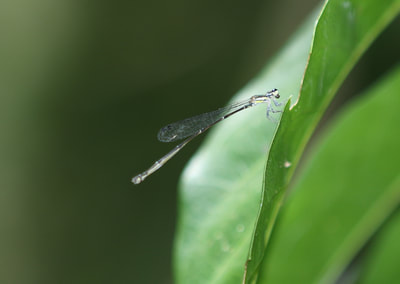
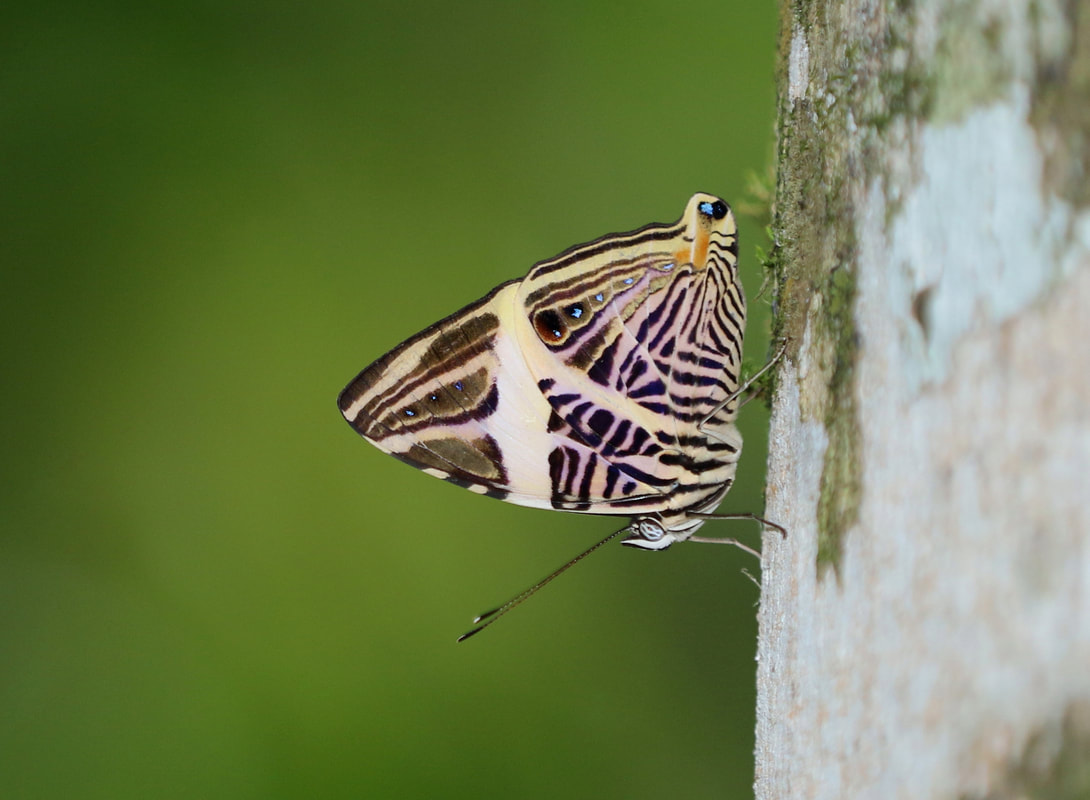
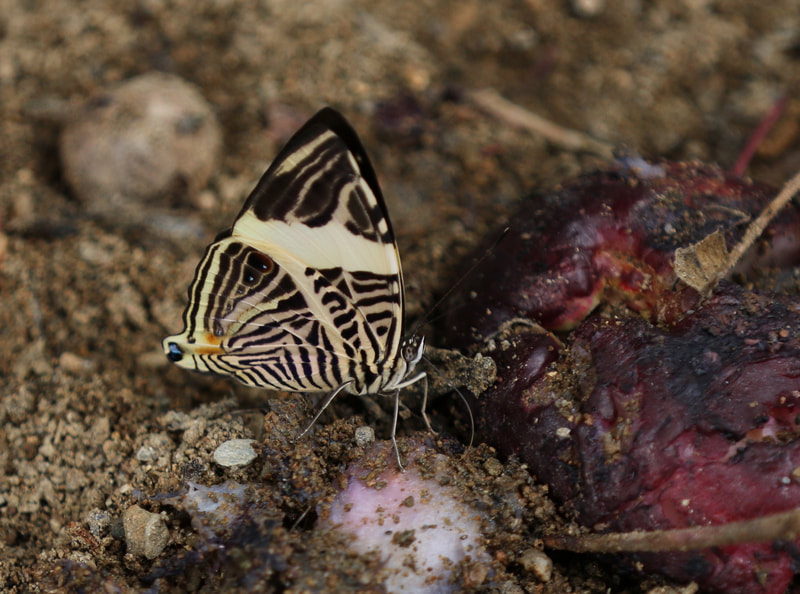
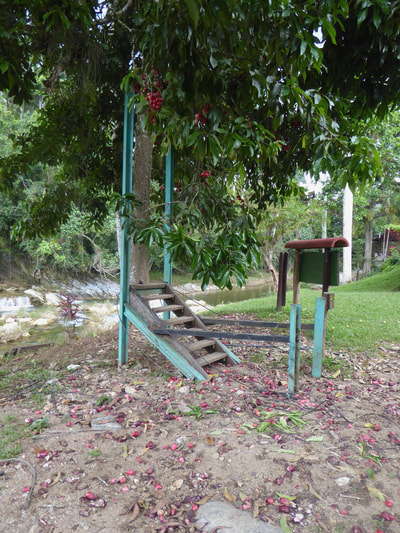
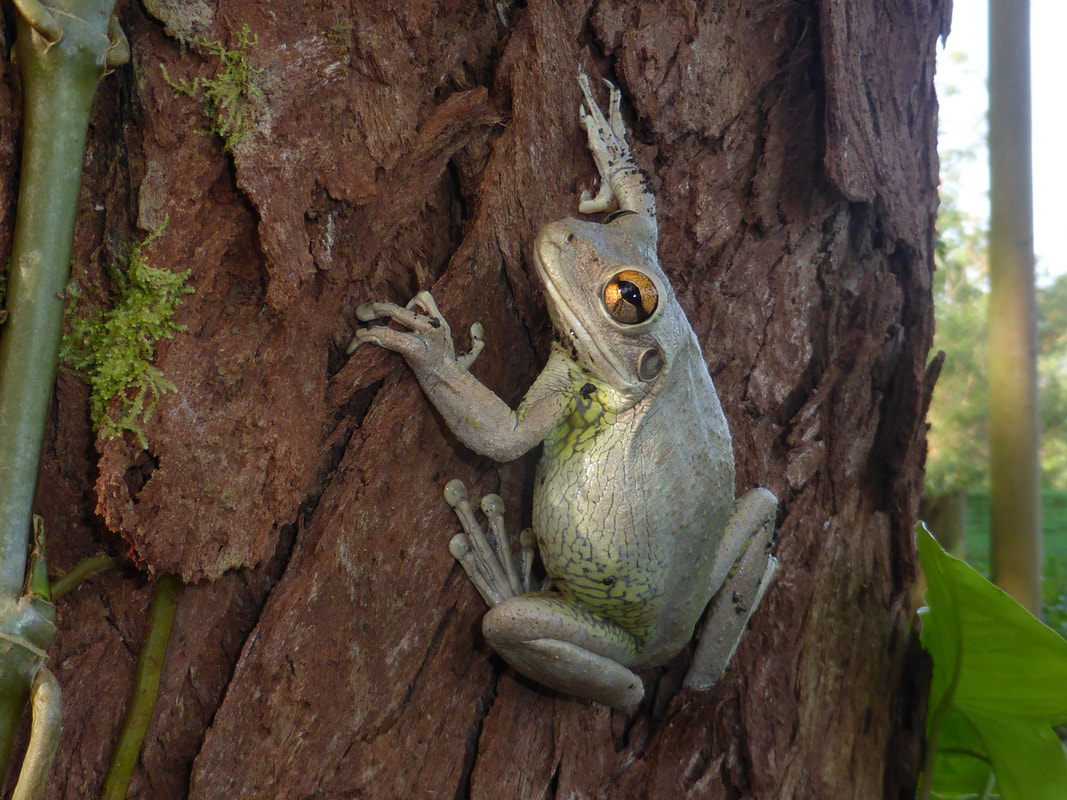
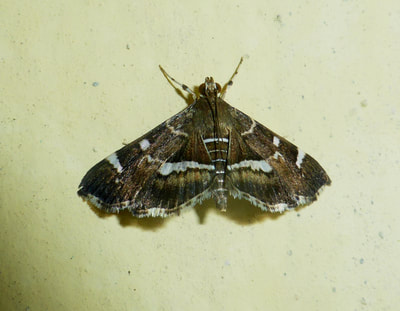
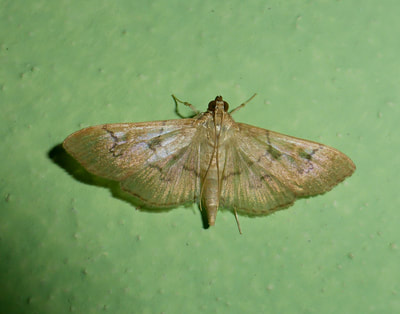
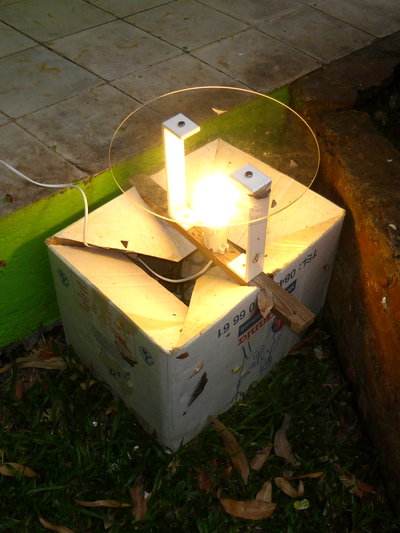
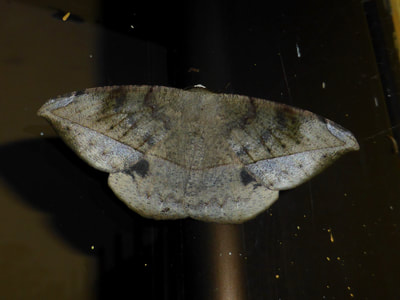
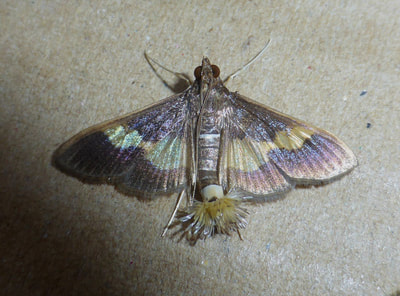
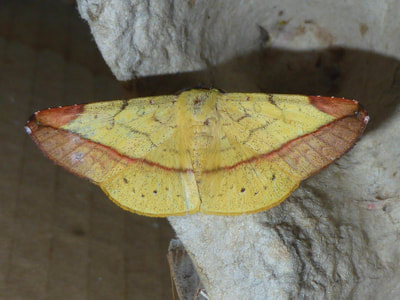
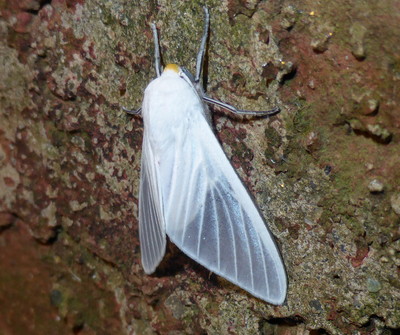
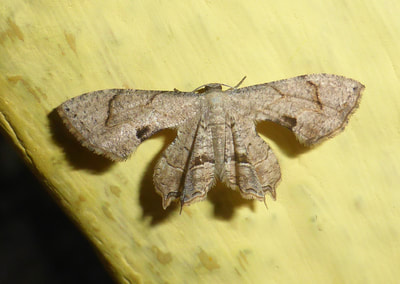
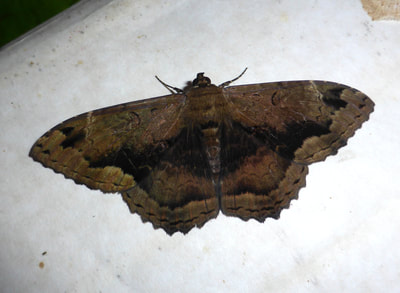
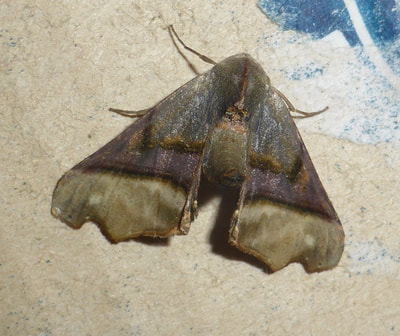
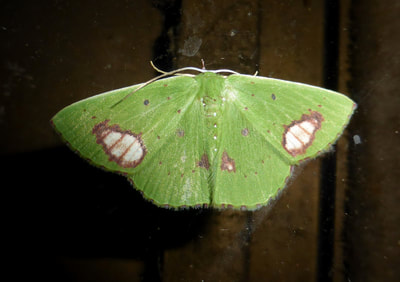
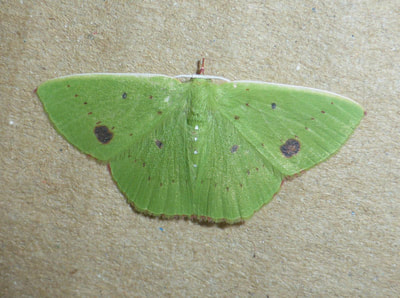
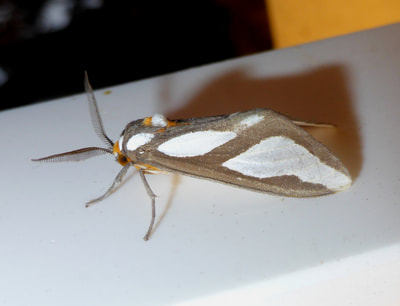
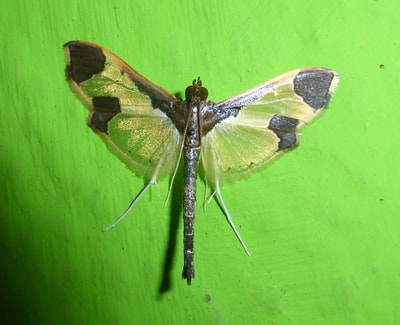
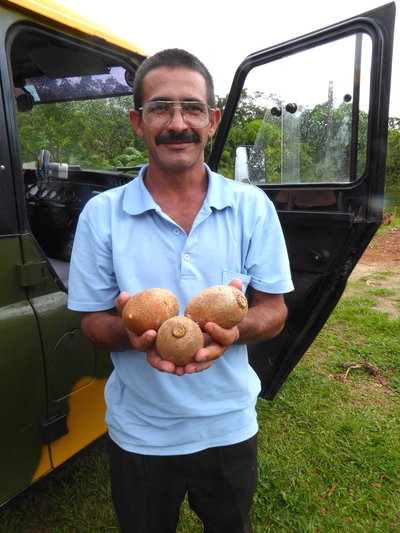
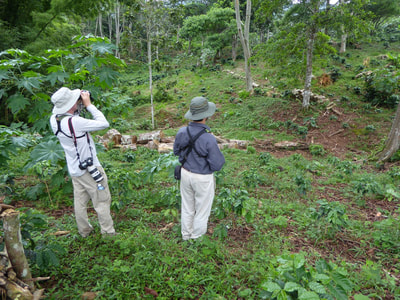
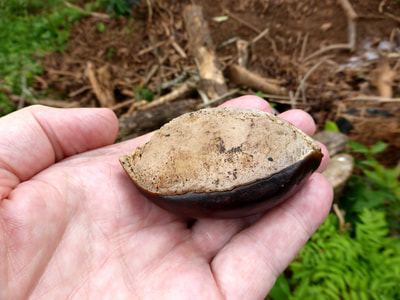
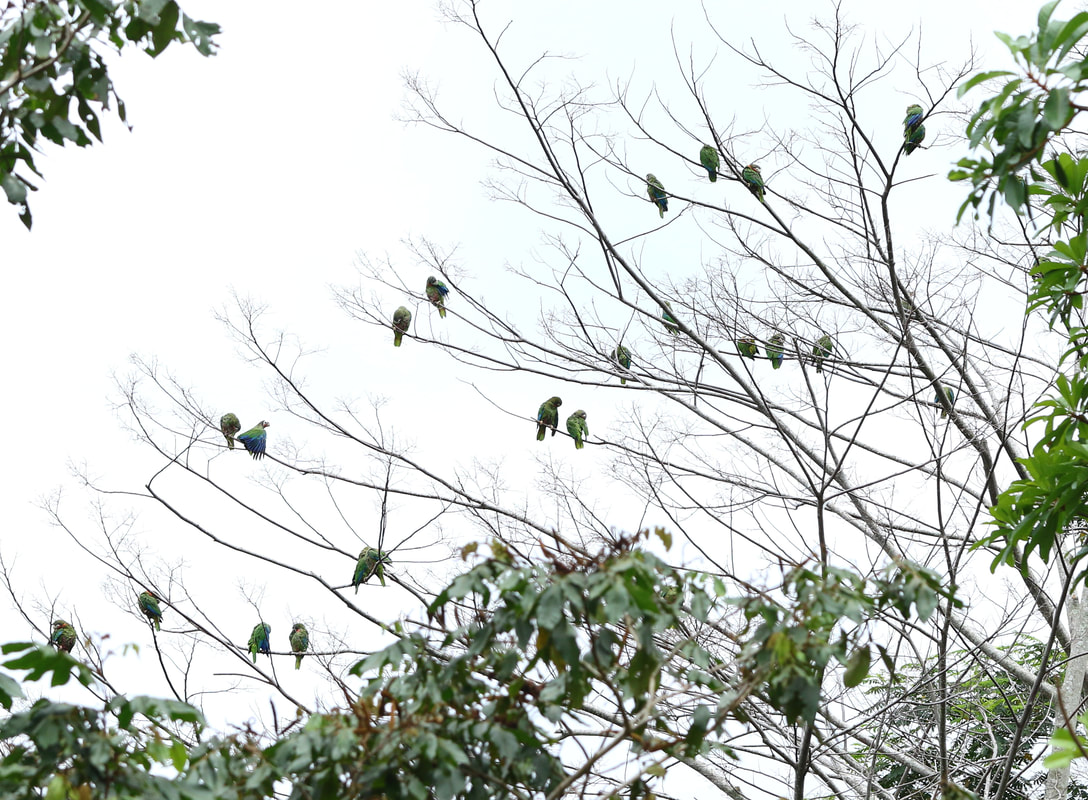
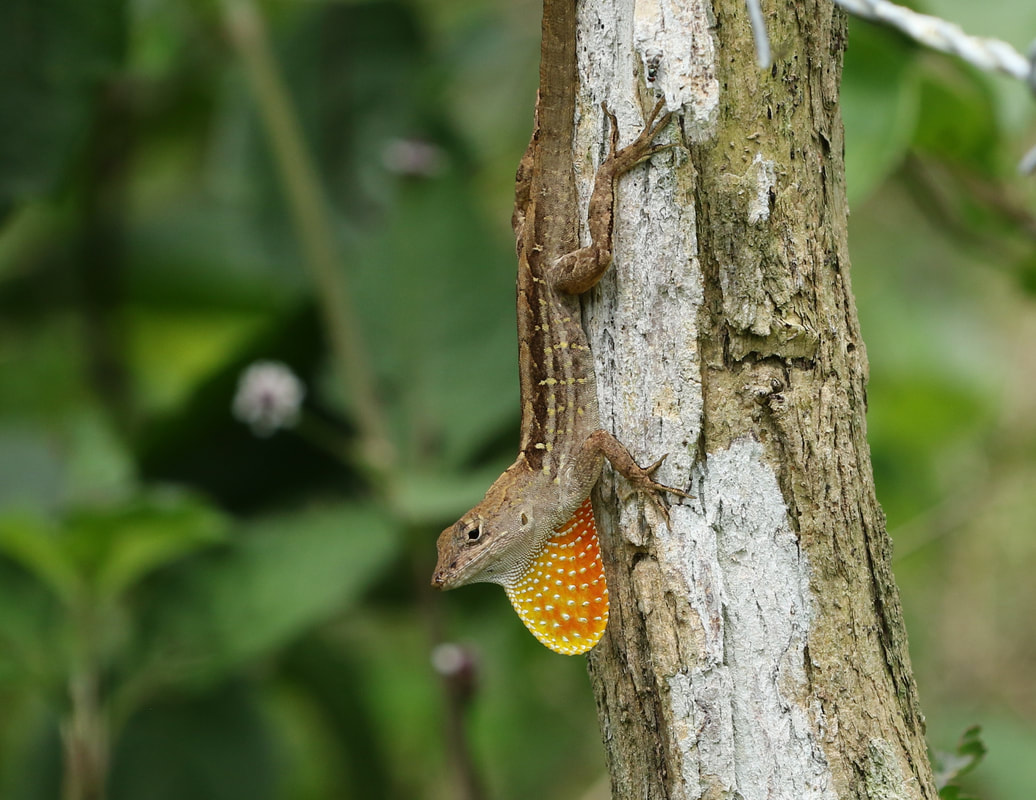
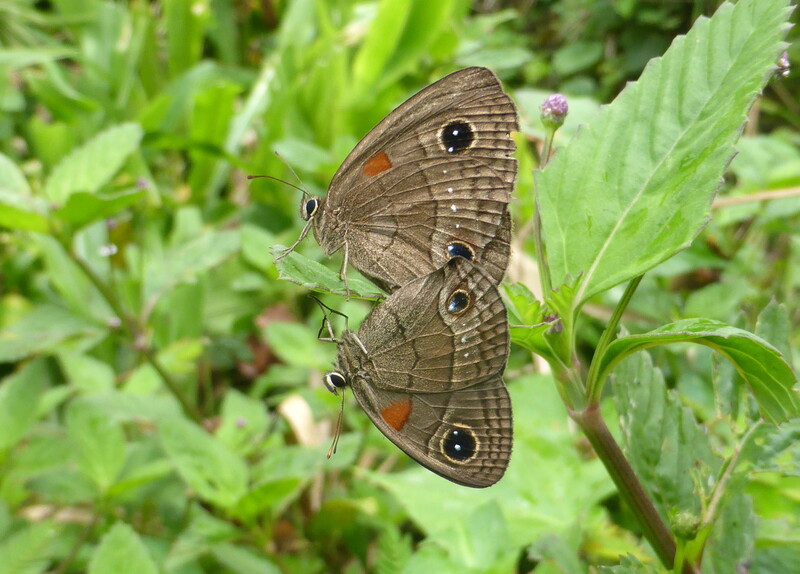
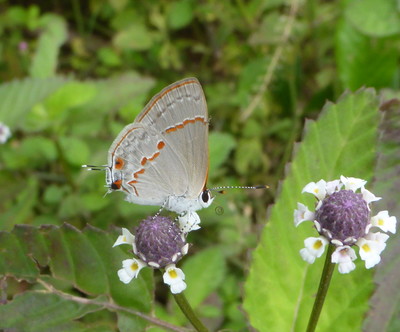
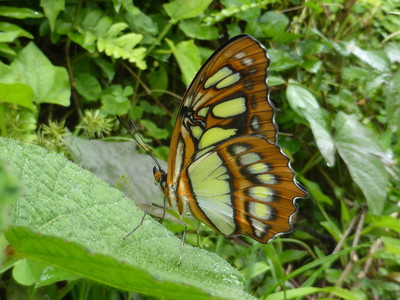
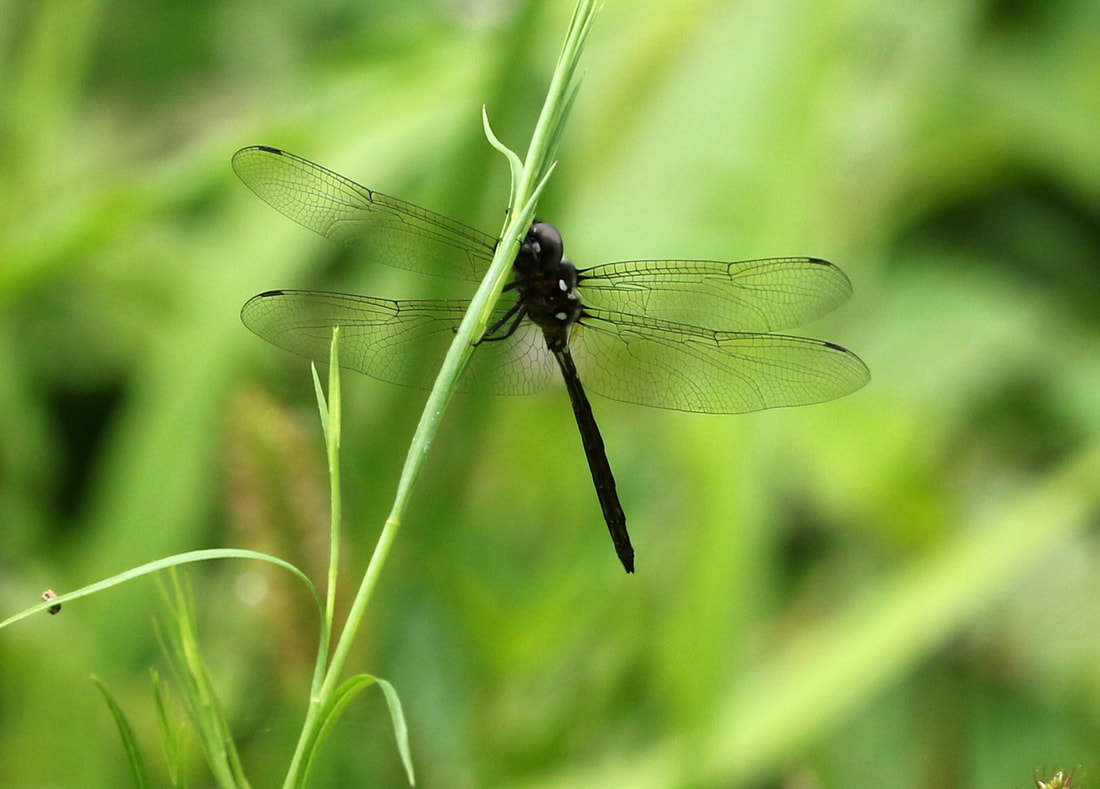
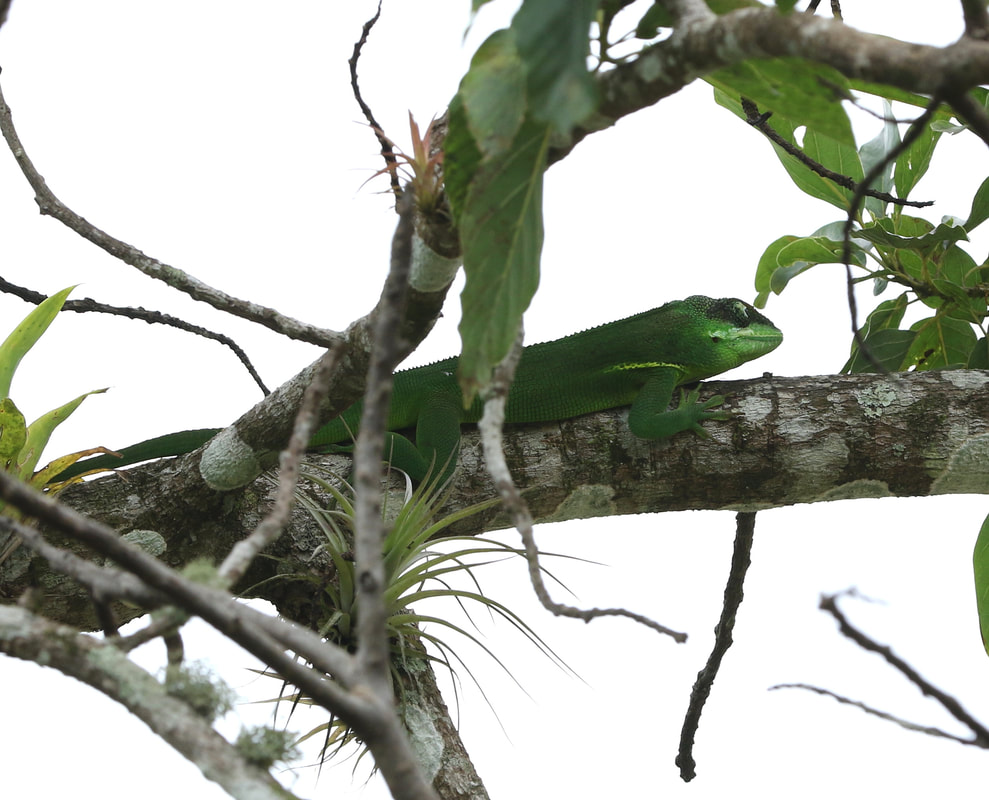
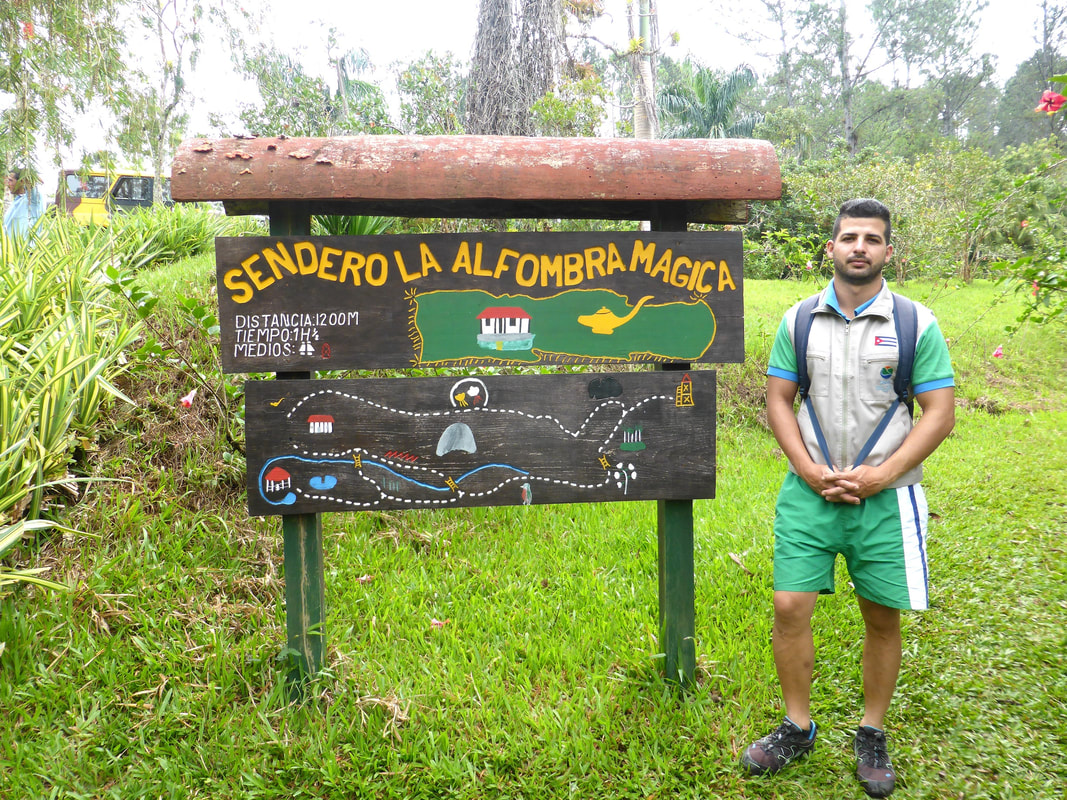
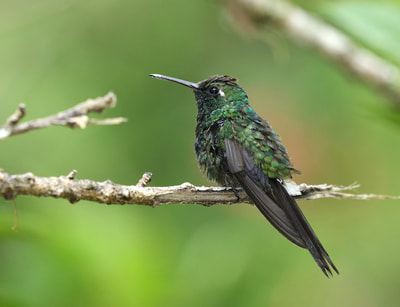
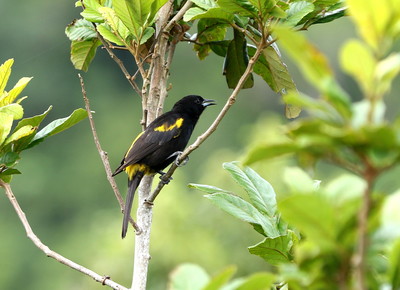
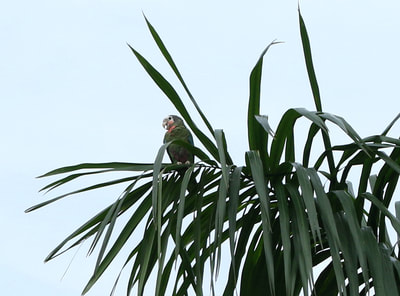
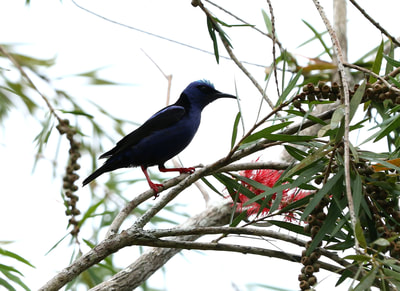
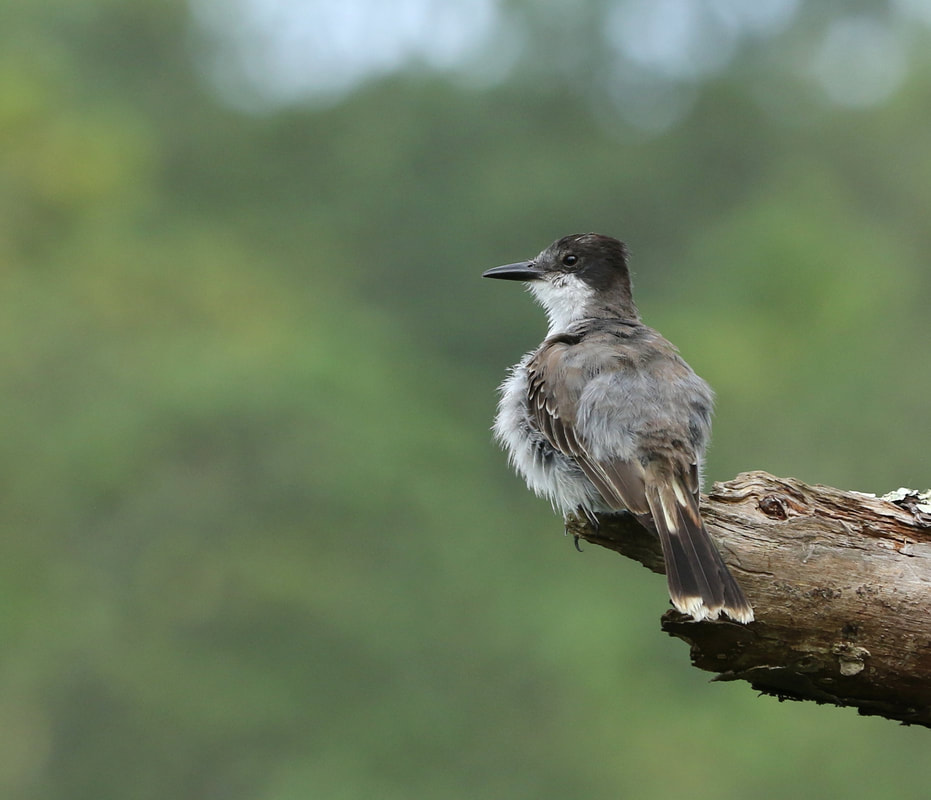
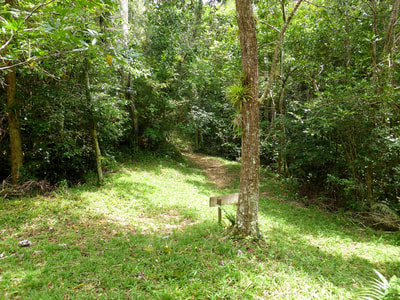
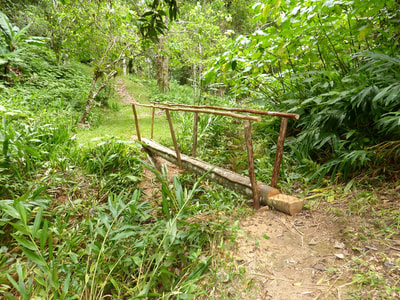
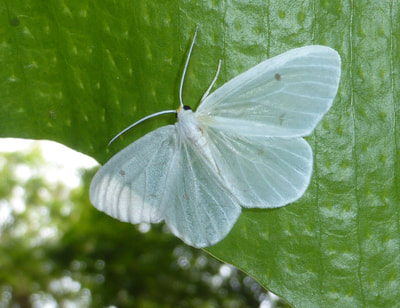
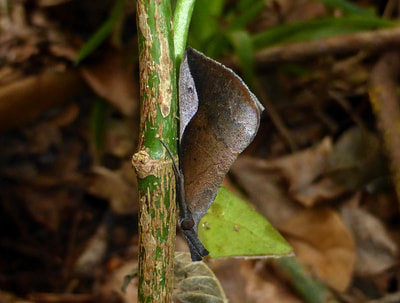
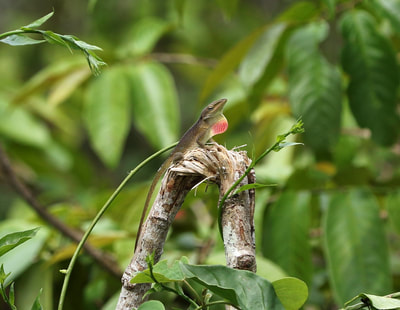
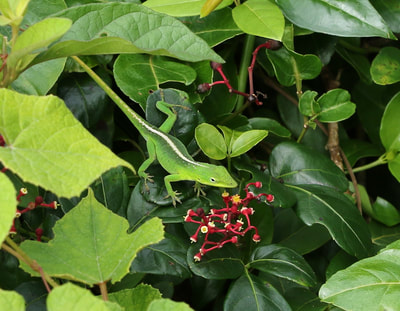
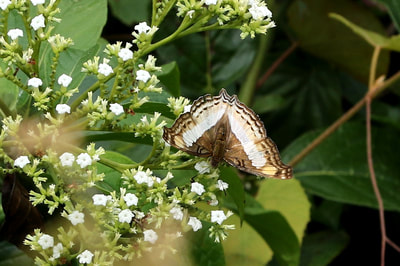
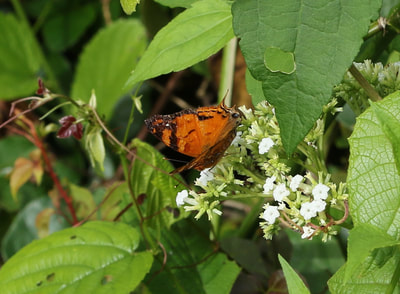
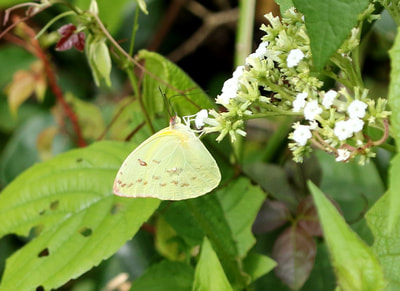
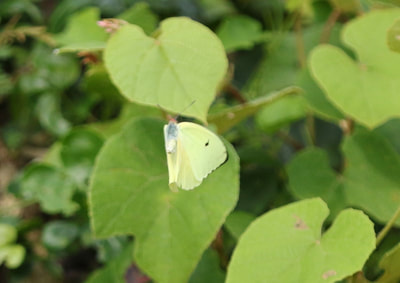
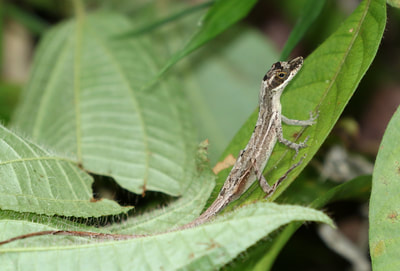
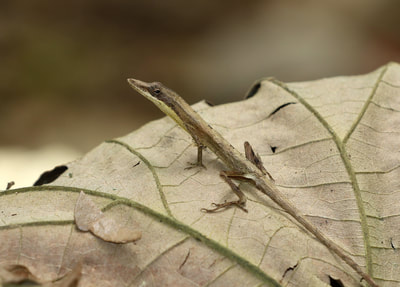
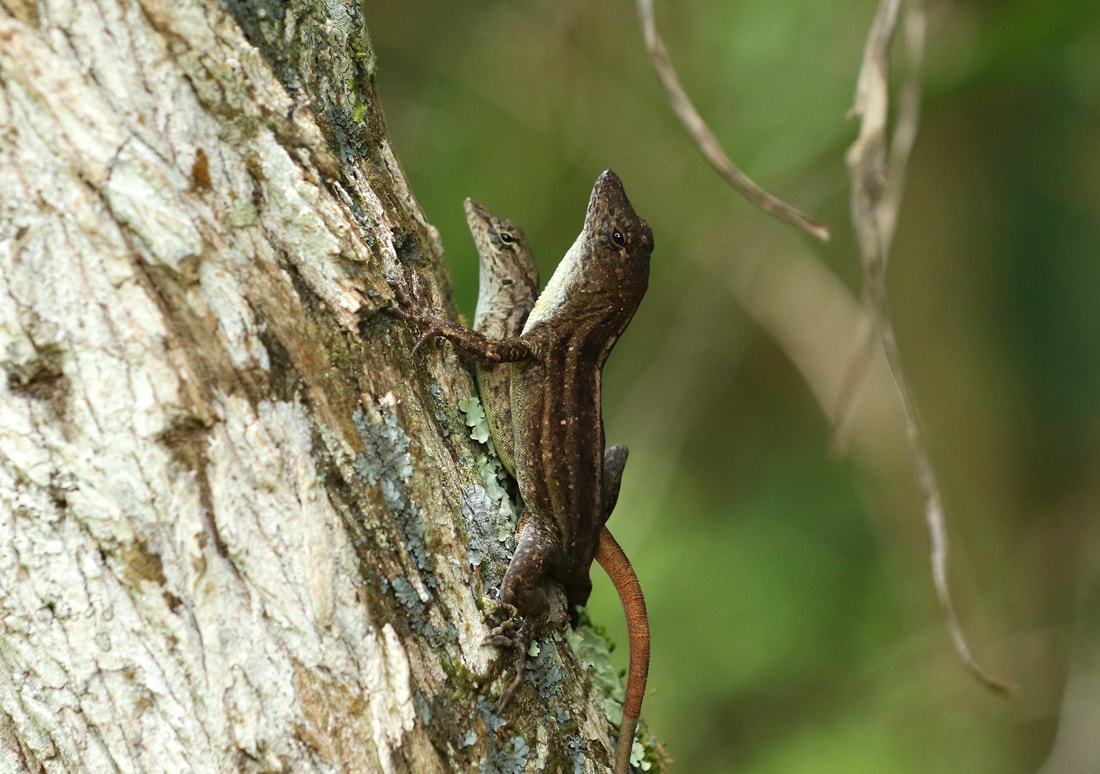
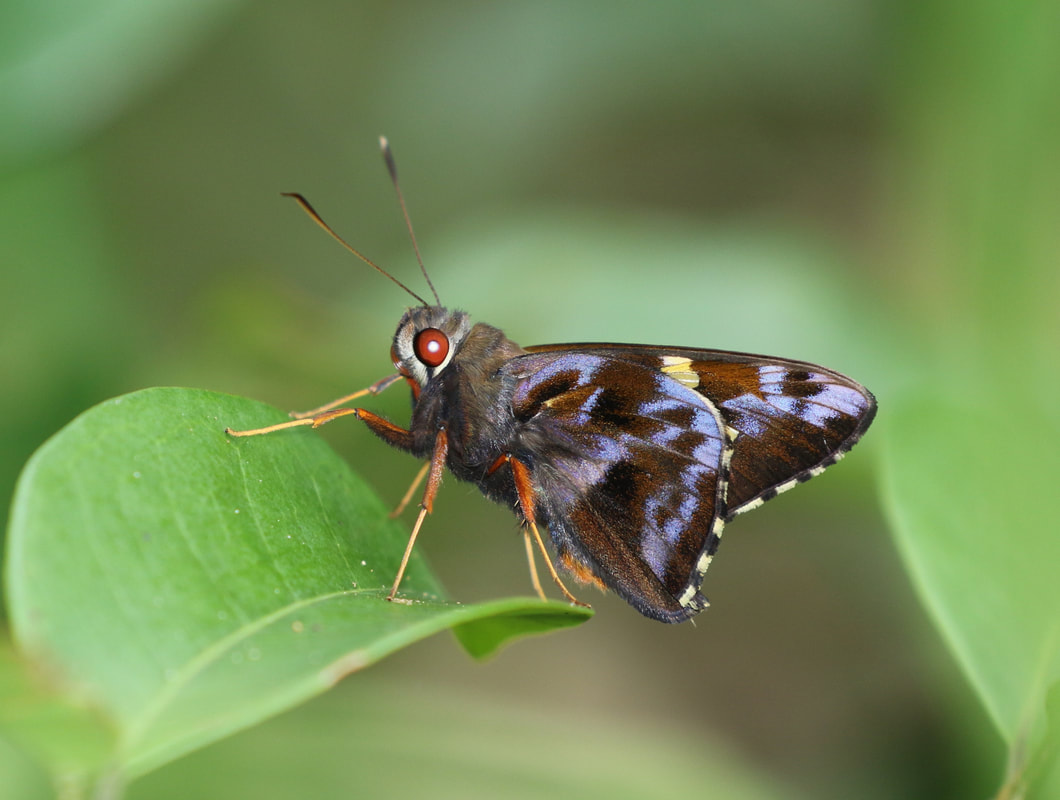
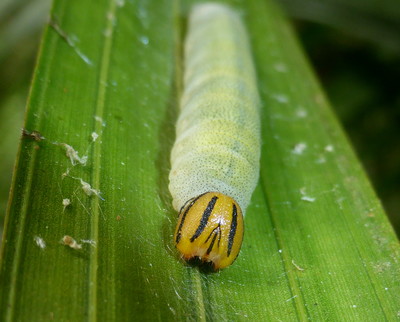
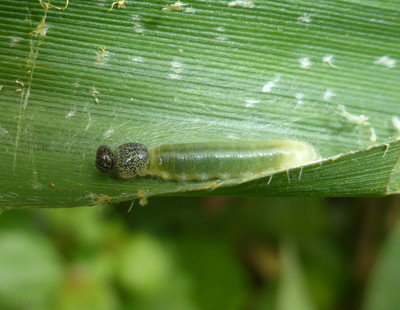
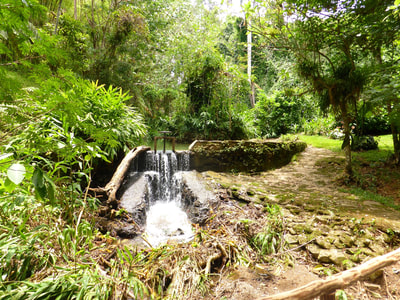
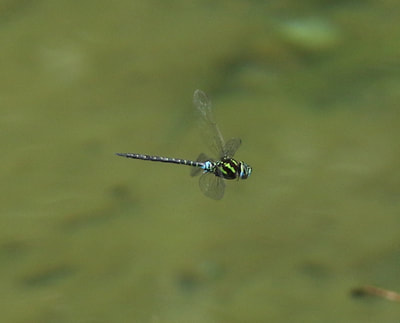
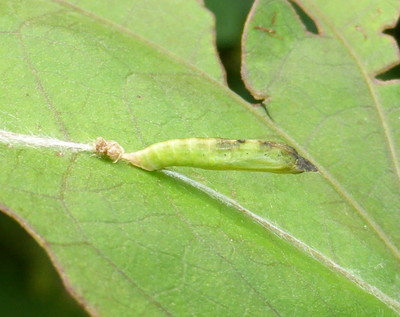
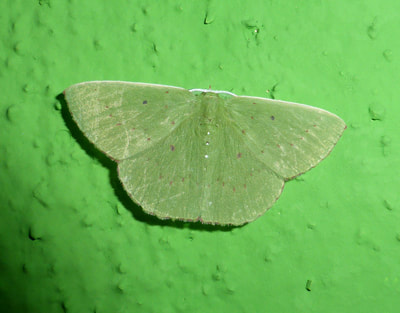
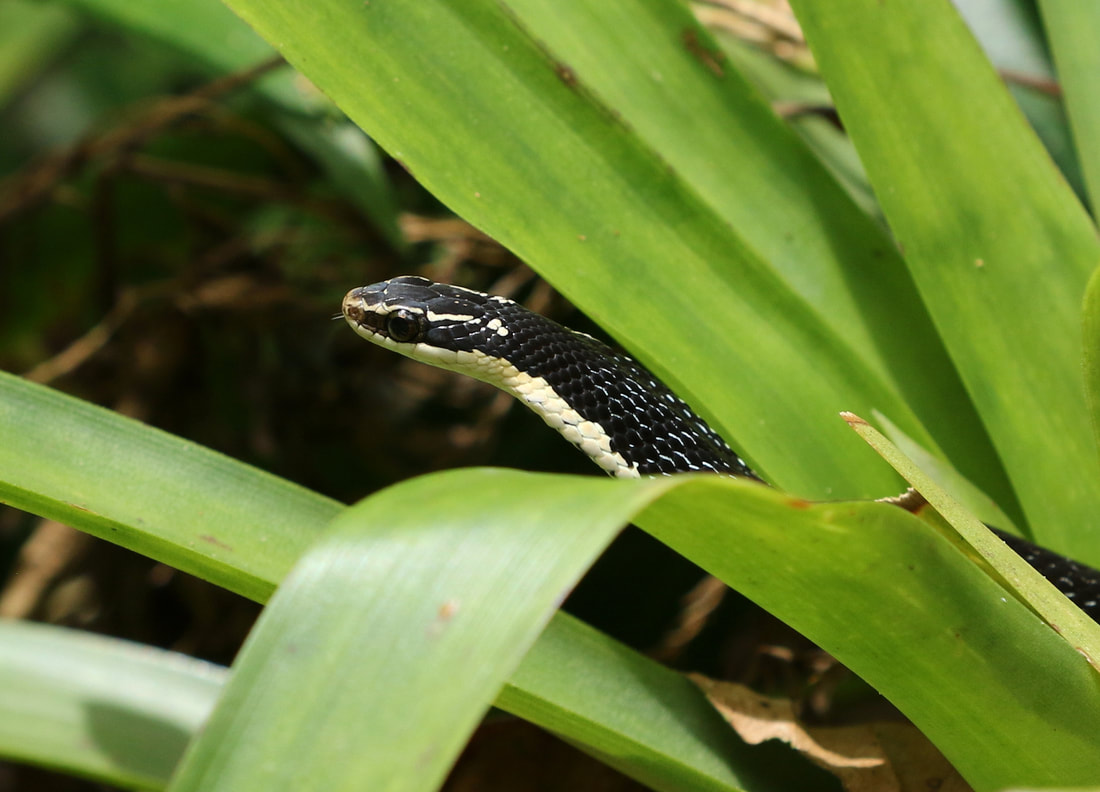
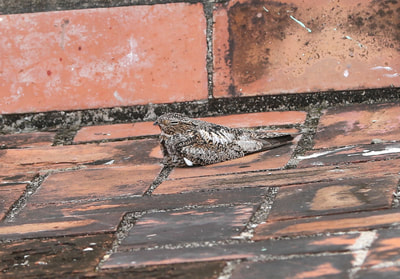
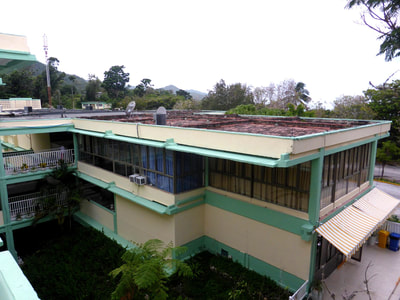
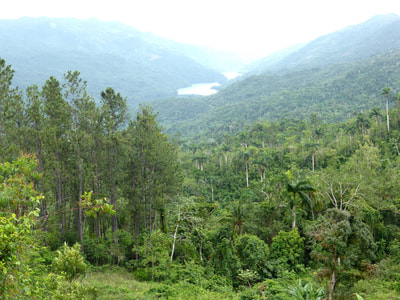
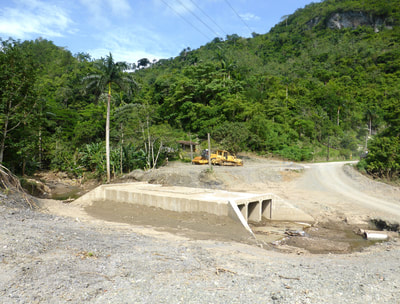
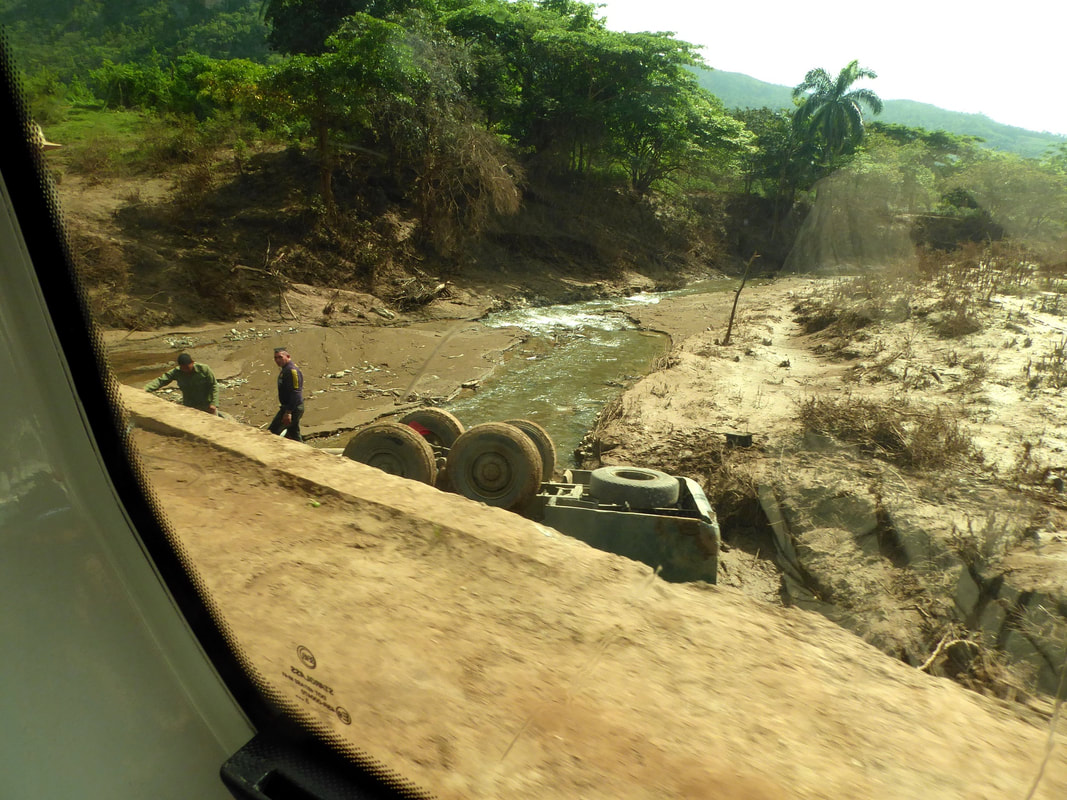
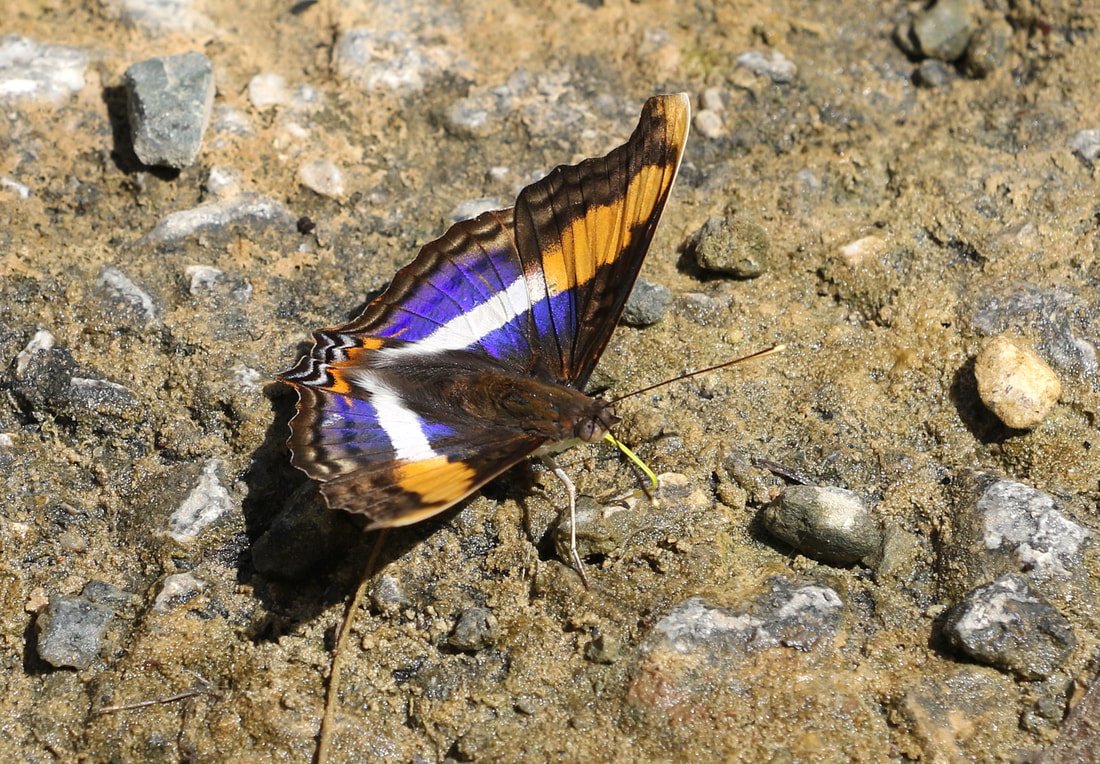
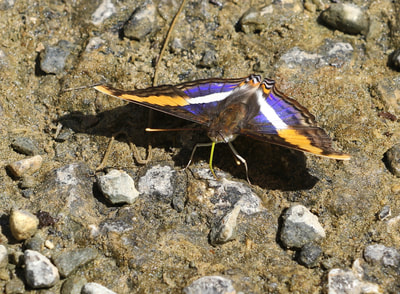
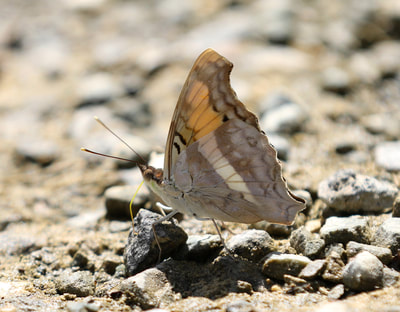
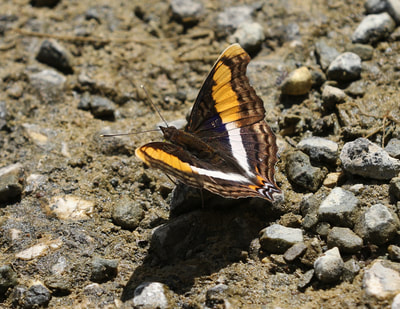
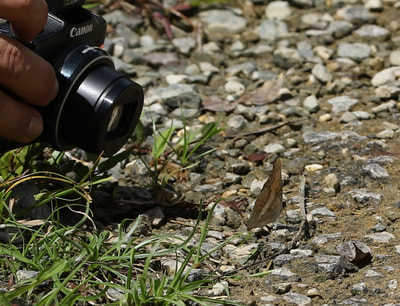
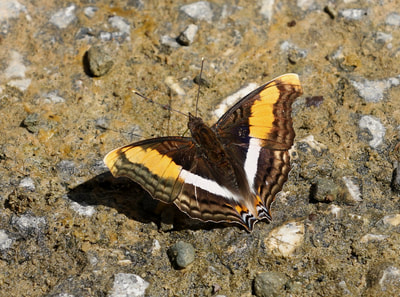
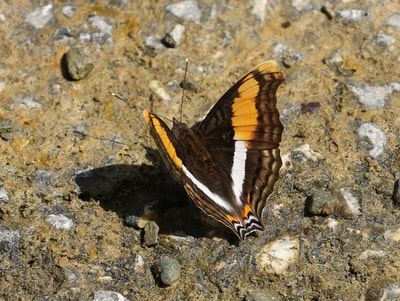
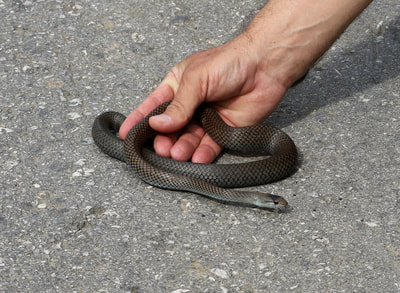
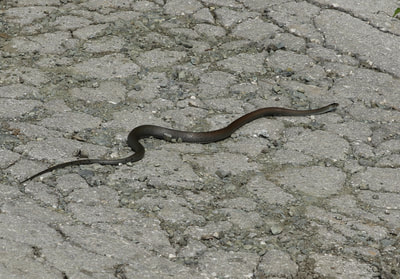
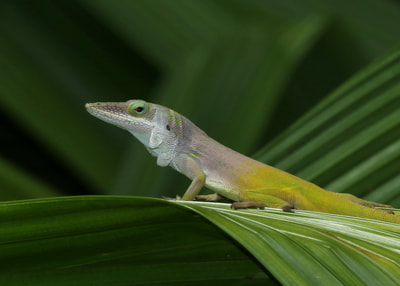
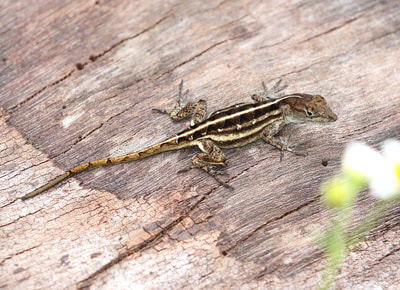
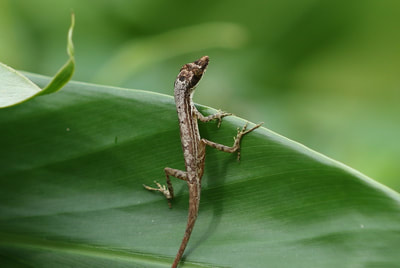
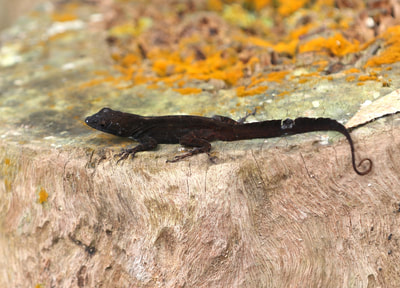
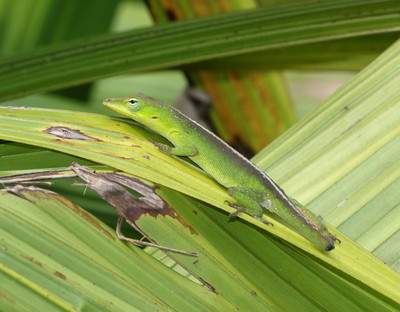
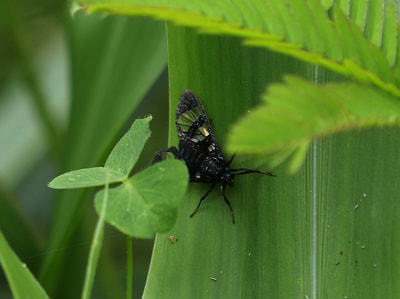
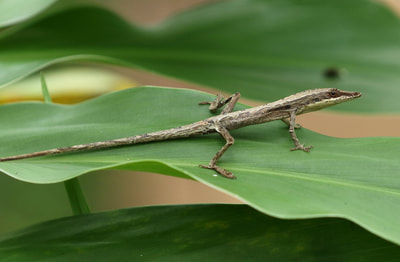
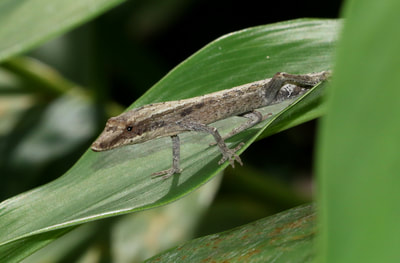
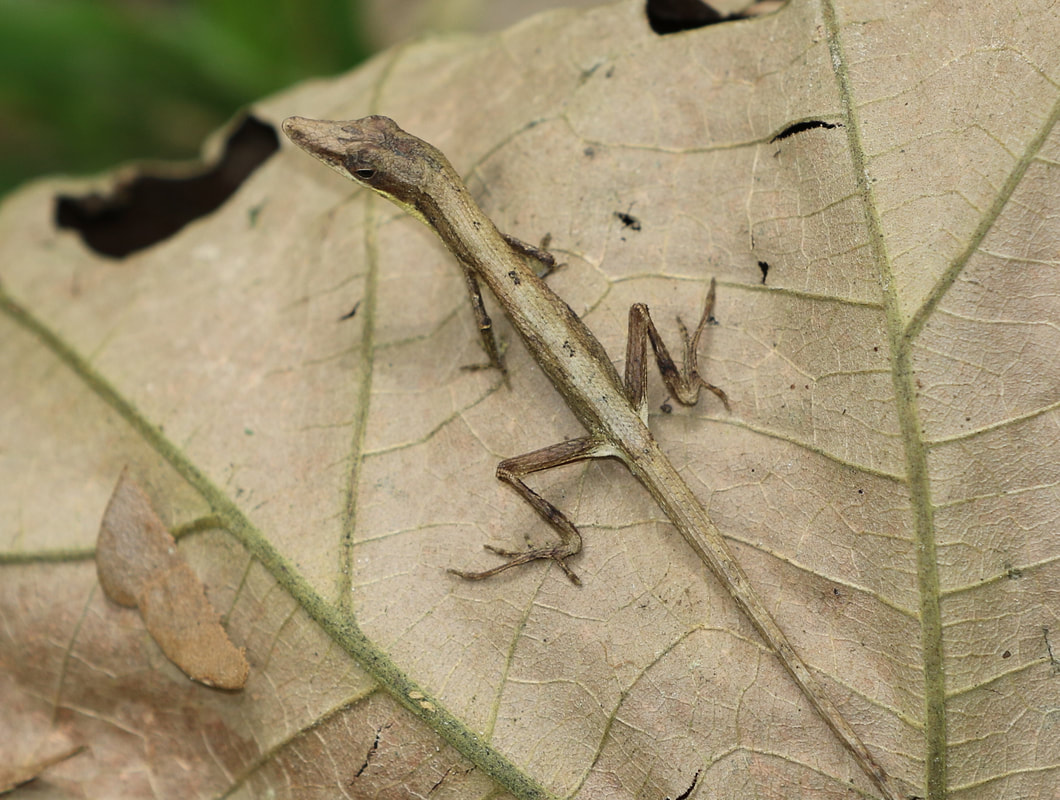
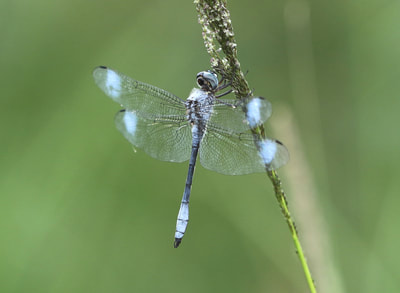
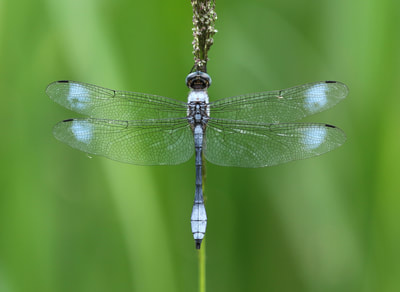
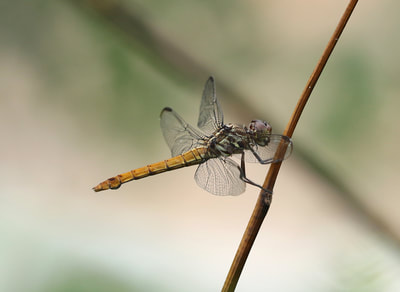
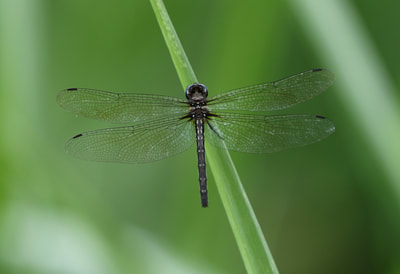
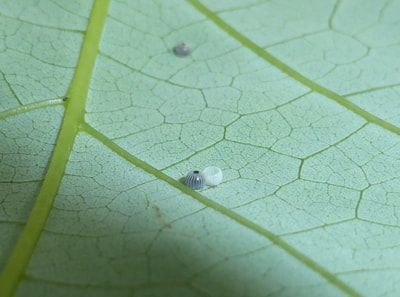
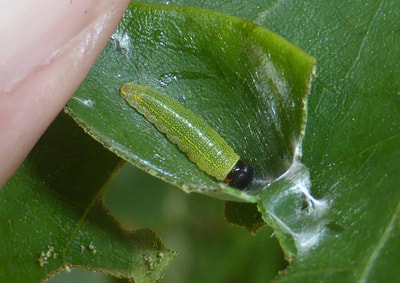
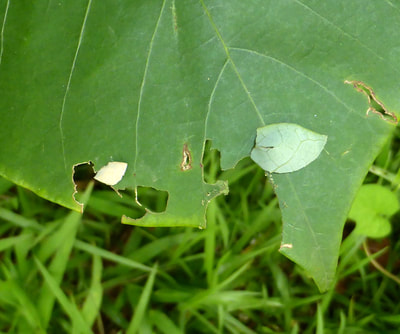
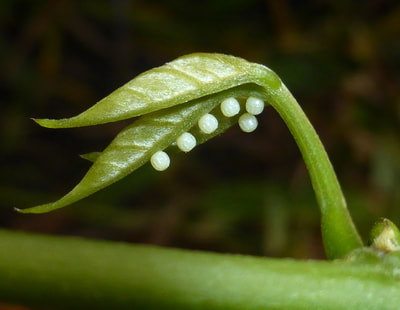
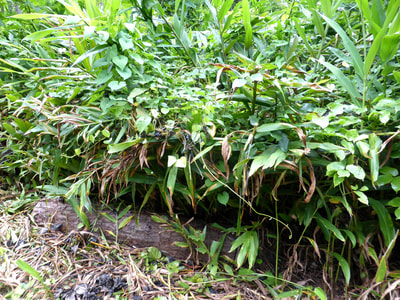
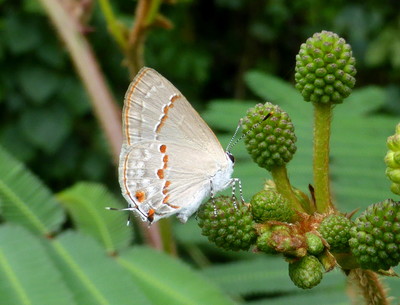
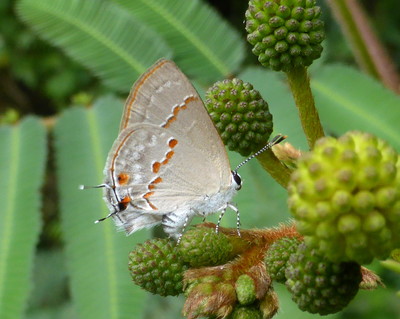
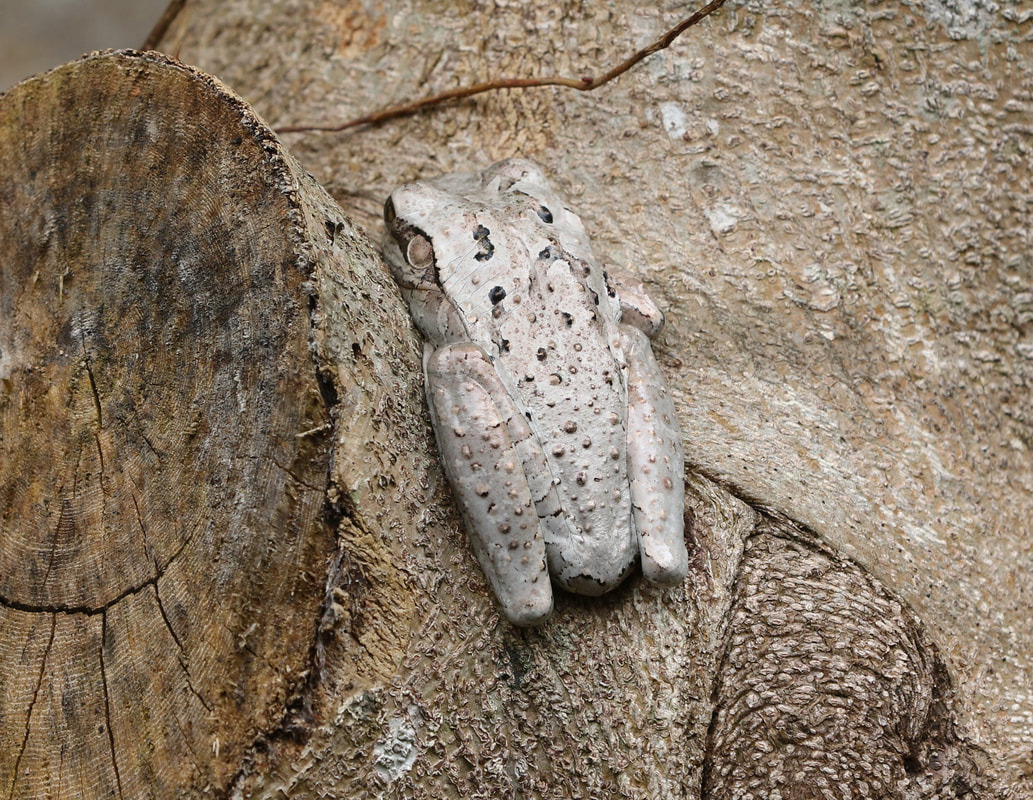
 RSS Feed
RSS Feed